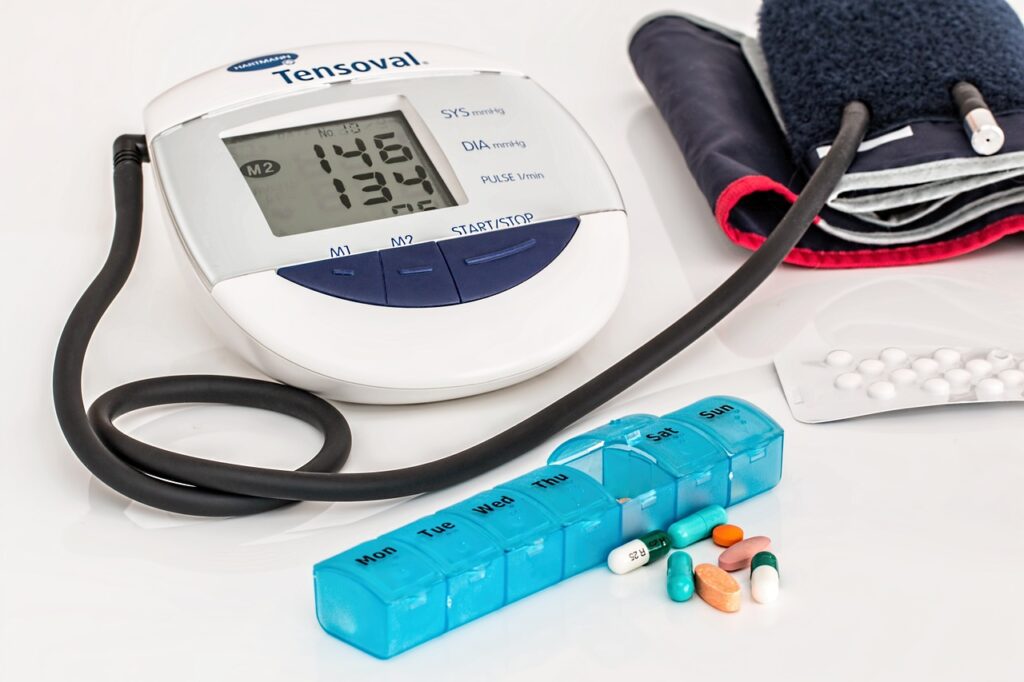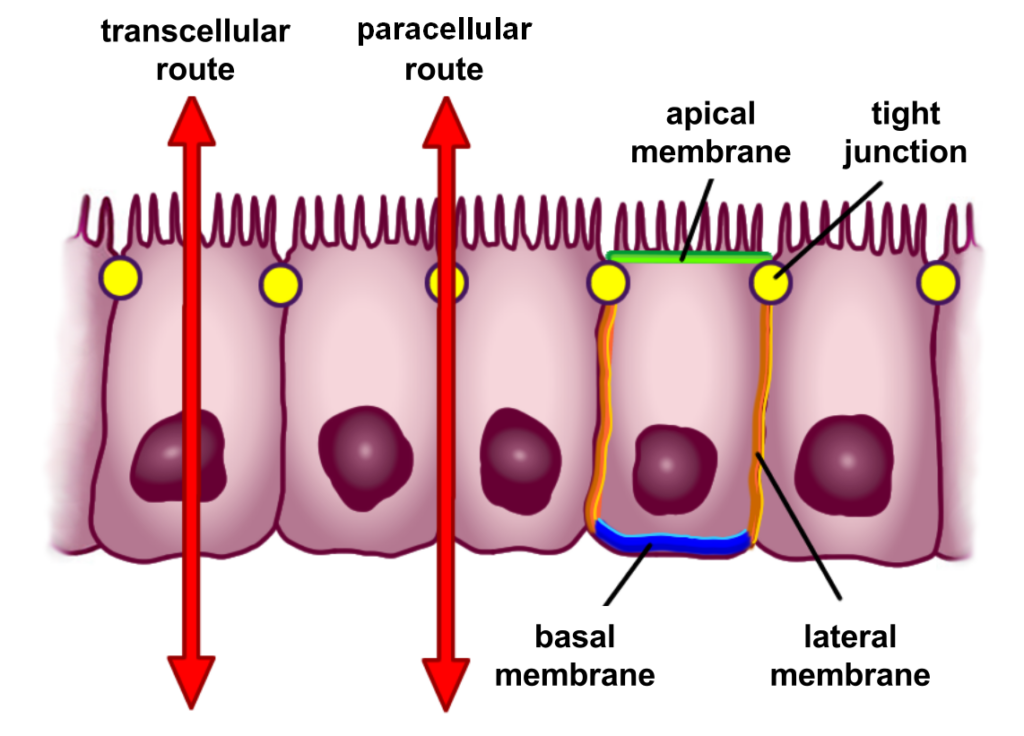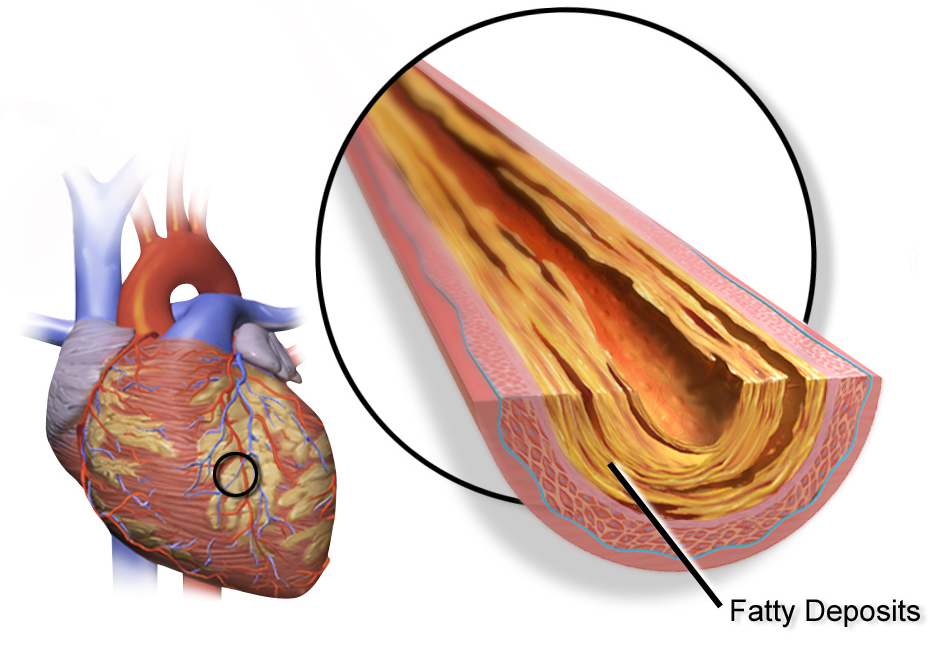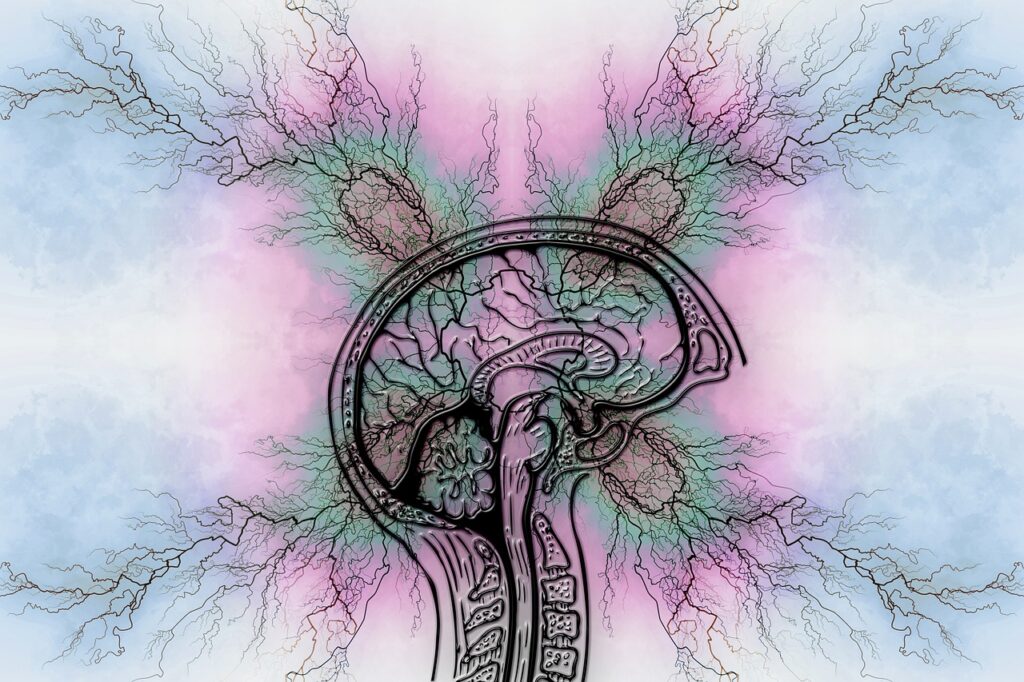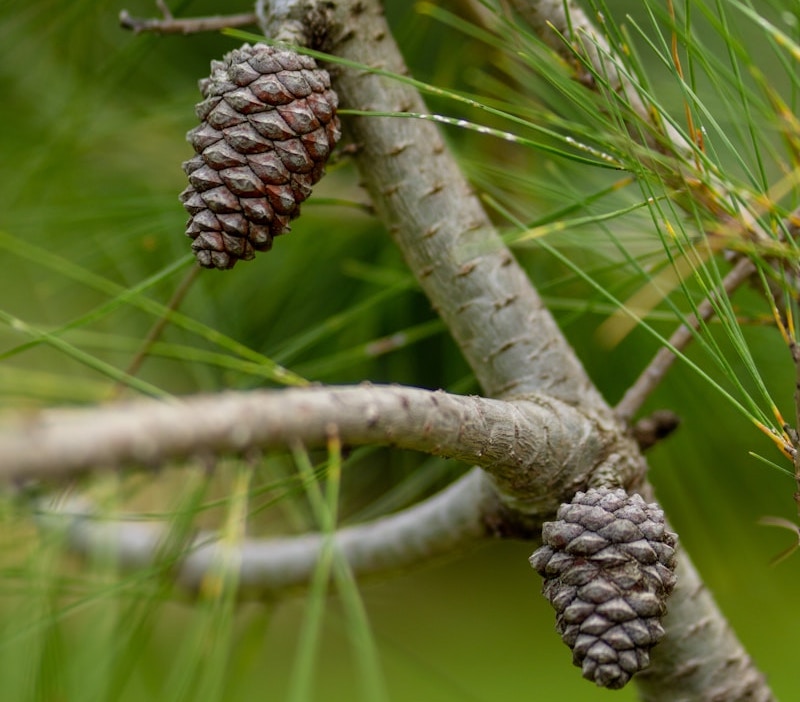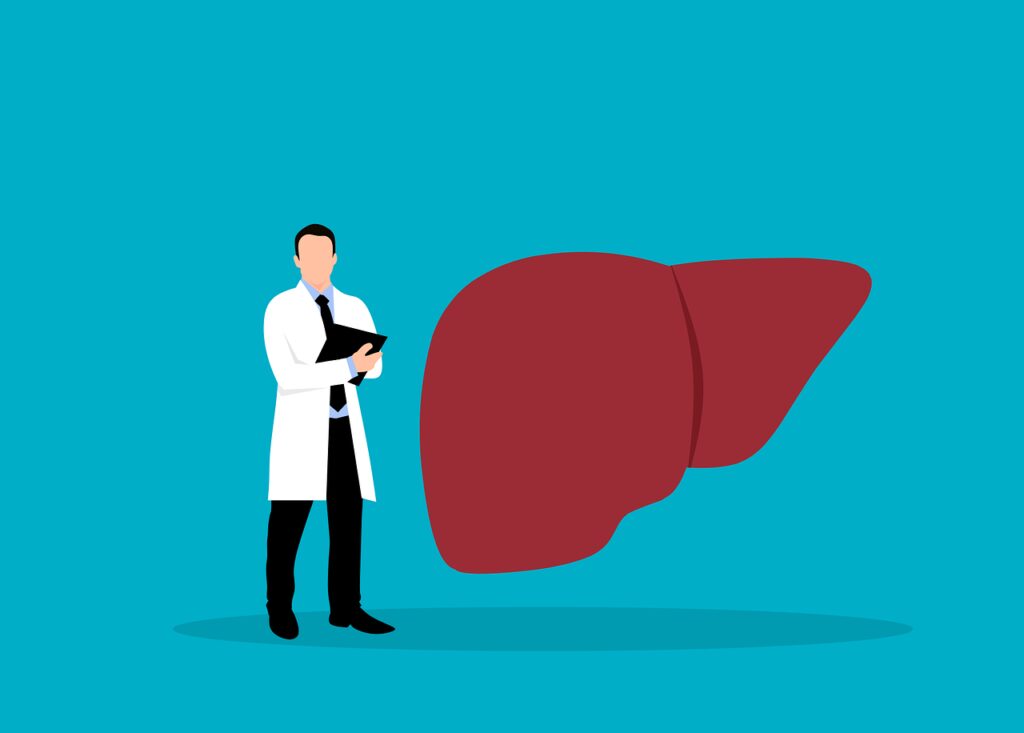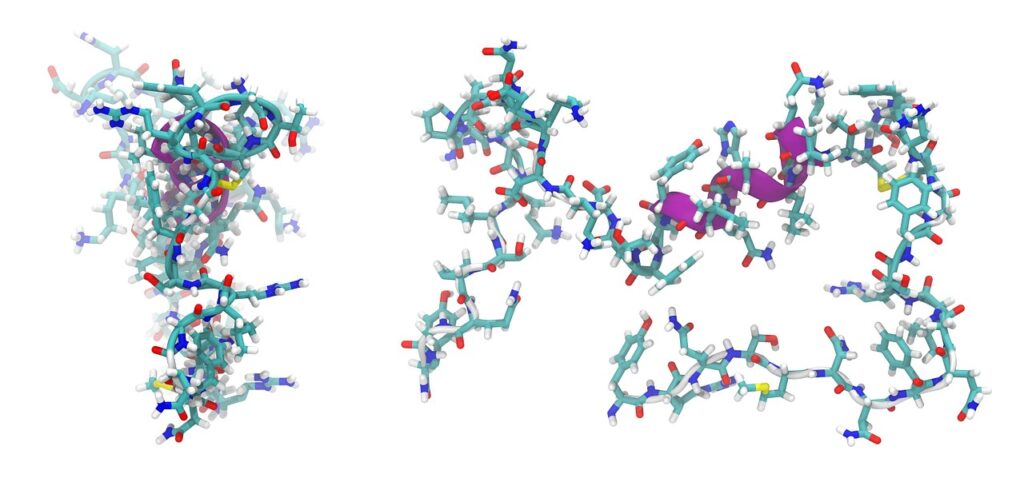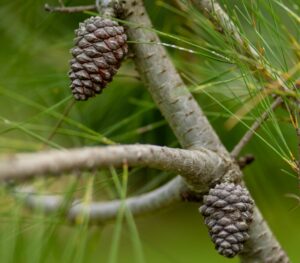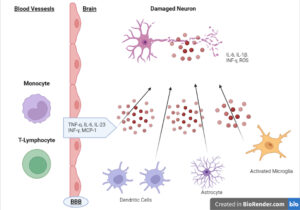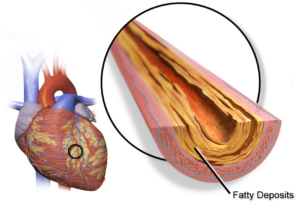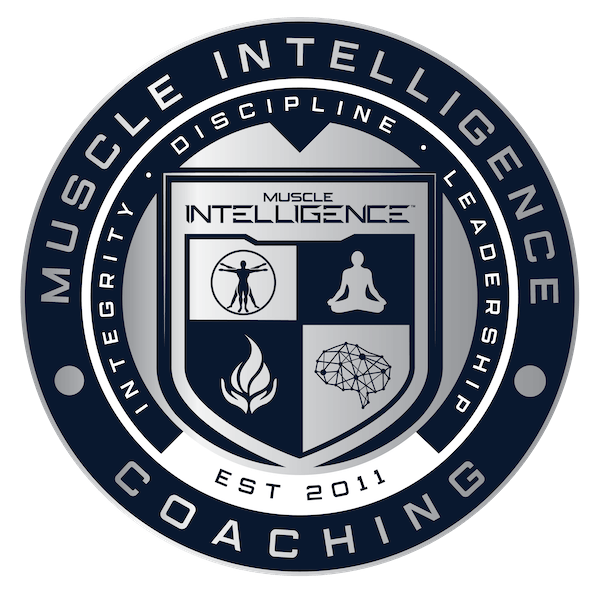What is it?
High blood pressure, or hypertension, refers to systolic and diastolic pressure increases, represented by equations such as 120/80. Systolic blood pressure (first number) is the pressure created in the arteries when your heart pumps blood around the body. Diastolic blood pressure (second number) is the pressure between beats.
Endothelial cells line the interior of blood vessels and are involved in the contraction and relaxation of these tissues. High blood pressure causes mechanical damage to the endothelial cells, but the good news is that blood pressure is one of the major lifestyle factors we can control.
If your client has blood pressure above 120/80, lowering these numbers should be one of your primary goals.
What are the mechanisms?
The mechanisms for high blood pressure vary and may involve a factor not associated with the cardiovascular system. For example, intestinal permeability is associated with high blood pressure and atherosclerosis. Further examination may be warranted if the following direct mechanisms do not control your blood pressure.
Peripheral resistance. Peripheral resistance refers to the narrowing of the blood vessels in response to increased cardiac output. More specifically, the vessels constrict and develop calcium buildup, contributing to further increases in blood pressure.
Sympathetic tone. Increases in chronic sympathetic tone (contraction), as opposed to parasympathetic (relaxation), have been shown to increase blood pressure. Stress is one of the primary causes of increased chronic sympathetic tone.
“Vaso” refers to the blood vessels. Acute sympathetic arousal may contribute to vasodilation that expands the blood vessels, but chronic stimulation leads to vasoconstriction and may contribute to sodium reabsorption. High sodium levels in the blood increase the total volume of the blood, increasing blood pressure.
Renin-Angiotensin System. This system refers to the hormonal component of increased blood pressure. When renin is released from the kidneys, it increases angiotensin 1 and 2, increasing the amount of aldosterone. Aldosterone is responsible for sodium reabsorption and can cause vasoconstriction. The increase in this system can be determined by the amount of sodium in the diet, but mainly, it is stimulated by the sympathetic nervous system.
Endothelial dysfunction. This can be characterized as the reduction in nitric oxide production, which is responsible for the vasodilation of blood vessels. Endothelial dysfunction occurs throughout our lifespan, and making sure that we maintain as much nitric oxide as possible is key to long-term vascular health.
Hypercoagulability. Hypercoagulability refers to increased coagulation (blood thickness) and tends to come later with increased blood pressure. In blood work, it is represented by the fibrinogen level.
Insulin sensitivity. Poor metabolic function can increase blood pressure. Increased body fat, insulin resistance, and increased triglycerides contribute to blood pressure elevation. These compounding factors are some of the most actionable factors we can influence as coaches.
What are the solutions?
Diet. Metabolic syndrome, in the total of its parts, plays a major role in the development of hypertension. In high amounts, insulin seems to increase sodium retention in the kidneys and vasoconstrict blood vessels. Increased sucrose and fructose intake have both been demonstrated to raise blood pressure in those with metabolic syndrome.
The removal or limitation of sodium is essential in addressing hypertension, as those with long-standing high blood pressure and damaged glomeruli of the kidneys may not be able to excrete sodium.1,2 Removing caffeine may also be necessary for those who are sensitive, and the reduction in caffeine may be enough to have the desired effect.3 Takeaways: Consume a whole-food diet. Lower fructose and salt intake. Monitor caffeine use.
Training. The training modality used can also be effective at lowering blood pressure, and there are benefits to using long-term aerobic exercise to reduce BP. However, higher-intensity resistance training increases nitric oxide production more than aerobic training. Although not widely studied, isometric exercise has shown benefits for blood pressure.
Aerobic exercise, from the study mentioned, seems to lower BP the most, especially post-training. It also has the lowest skill demand and injury risk. Takeaways: Focus on front-load cardio and backload resistance training.
Lifestyle. Lifestyle factors are significant contributors to blood pressure and must be addressed if high blood pressure is addressed. Sleep quantity and quality play a role in blood pressure management, and studies demonstrate that sleep duration lower than five hours increases the likelihood of hypertension.4 Obstructive sleep apnea, seen in approximately 15 million Americans, is associated with increased BP, and up to 50% of those with sleep apnea have high blood pressure. Grounding also plays a positive role in improving blood pressure levels.
Stress reduction modalities have a role here. Stress management protocols, like transcendental and standard meditation, play a positive role in modest BP reductions.5
Sauna, or heat exposure, may be an effective way to lower blood pressure as it can lead to increased vasodilation, although the studies do contraindicate in some cases. It may be the case, as heat exposure leads to similar physical reactions to exercise, that acute increases in BP lead to slightly longer-term decreases.6
What about cold exposure? Cold exposure was shown to increase systolic BP by over 20 points!7 Dangerous, right? Well, maybe. The body initially constricts blood vessels to conserve heat in the abdomen. Our vessels eventually vasodilate in response. We must understand that hormesis, where physiological challenges lead to positive adaptations, seems to be the case with cold exposure. Takeaways: Stress modification, sleep hygiene, and some metabolic hormesis are highly beneficial to controlling BP, although starting slow with heat and cold exposure may be warranted.
Supplements
Hibiscus Tea. In many studies, this sour tea is very effective at lowering BP, triglycerides, and LDL cholesterol. It is a simple intervention, and 2-3 cups of strong hibiscus tea has been shown to lower blood pressure by 5-7 points.8
Magnesium. Magnesium competes with sodium at the endothelium and helps vasodilate the blood vessels. It has also been shown to increase insulin sensitivity, and its effects on blood pressure are shown in doses of 500-1000mgs.9 It is thought to have a synergistic effect with other minerals like potassium. Dosage: 500-1000mg daily in divided doses. I typically start with lower 300-500mg doses and increase if tolerable. Magnesium is osmotic so that it can cause digestive issues at higher doses.
Potassium. In higher doses, potassium has been shown in many studies to have positive effects on blood pressure and acts synergistically with magnesium to improve BP. Potassium is an antagonist to sodium and aids in vascular health.10 Some studies showed higher doses of potassium to be problematic in those with kidney dysfunction. Using diet and electrolyte supplements may be more beneficial. Dosage: Start with 1 gram daily and increase to 2 if tolerable.
Omega 3. Many studies have shown fish oils can significantly lower blood pressure, especially when combined with doses of up to 3 grams. Omega 3s have also been demonstrated to lower triglycerides and increase insulin sensitivity.11 Dosage: 3 grams daily of EPA/DHA in split doses.
Beetroot Juice. Again, our inability to create nitric oxide may be one of the factors that is increasing our BP. There are two ways we can increase NO through nitric oxide synthase, and that is with arginine as the cofactor, or we can do so using nitrites. As we age, our ability to use arginine way drops, and utilizing the other pathway may be of benefit. Beetroot juice or extract has been revealed to have high amounts of nitrates, which are converted to nitrates by the bacteria in our mouths. Many studies have demonstrated that Beetroot juice can lower blood pressure and improve athletic performance.12 Dosage: Most studies used about 500ml of beetroot juice.
Pycnogenol. Pycnogenol has also been shown to improve BP while increasing nitric oxide availability. Studies suggest it slows down the breakdown of nitric oxide while increasing blood flow to the extremities. Most studies suggest its effects are seen with longer-term supplementation, upwards of 12 weeks. Dosage: 120-240mg a day in divided doses.
Conclusion
Approximately one-third of the American population suffers from elevated blood pressure. It is one of the most actionable health concerns we can address. If we can catch this in the early phases, we can have a massive positive effect on the health outcomes of our clients. Taking lifestyle and dietary/supplemental approaches has highly beneficial effects on outcomes. Remember, none of these studies used a combination approach to lower BP, so taking a combination approach can have dramatic impacts.
Reference Links :
1. https://www.ncbi.nlm.nih.gov/pmc/articles/PMC2335113/
3. https://https://www.ncbi.nlm.nih.gov/pmc/articles/PMC2335113/
4. https://www.ncbi.nlm.nih.gov/pmc/articles/PMC2913764/
6. https://www.mayoclinicproceedings.org/article/S0025-6196(18)30275-1/fulltext
7. https://academic.oup.com/ajh/article/27/5/656/2743158
8. https://www.ncbi.nlm.nih.gov/pmc/articles/PMC6621350/
10. https://journals.plos.org/plosone/article?id=10.1371/journal.pone.0174967


